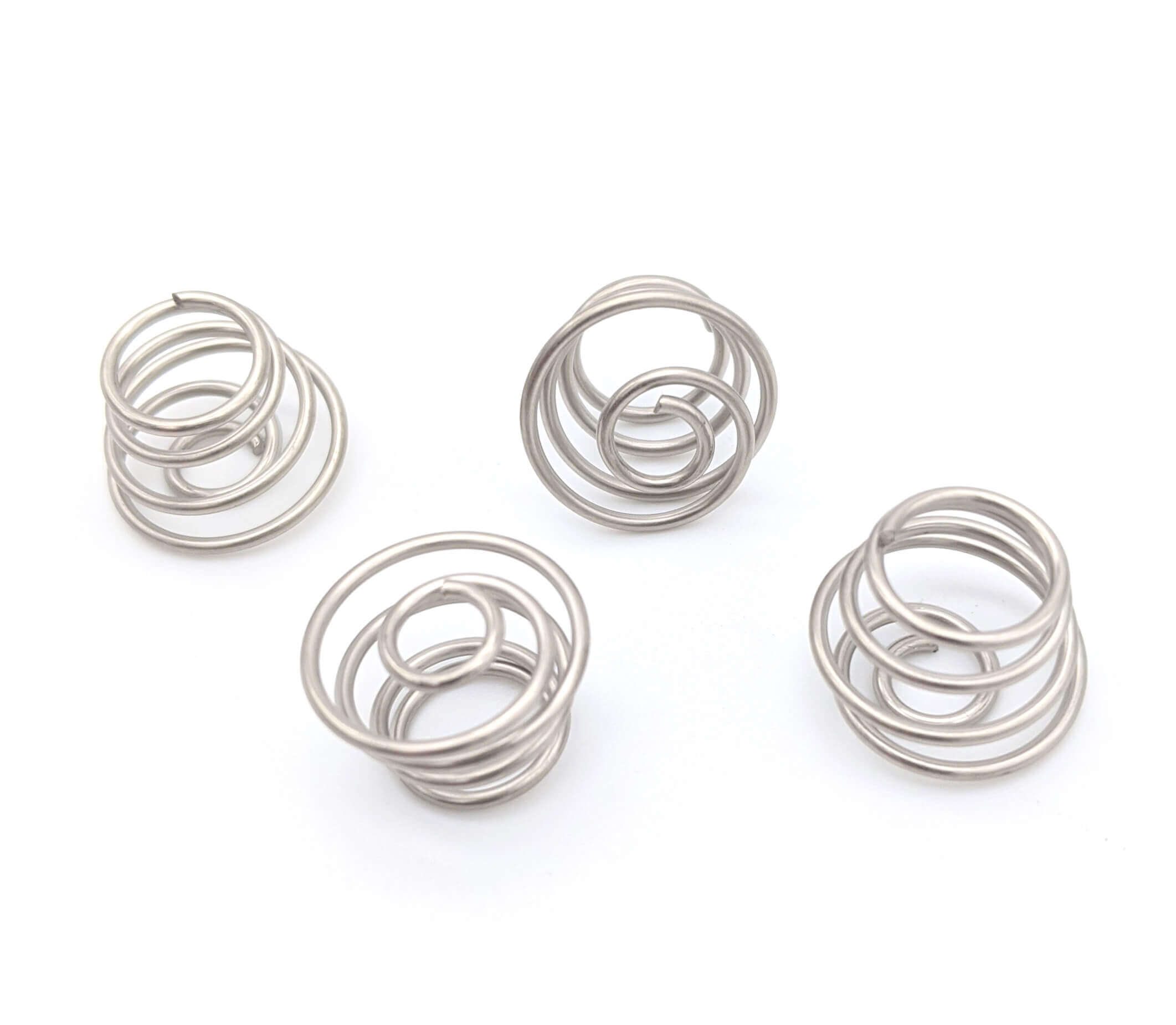Get unique, complex parts easily. No matter your requirements, Chaoyi Spring creates hard-to-produce coil springs and wire forms.
Let us help you create the custom wire form you need, from S-hooks and J-hooks to utility hooks and more.
We work closely with customers across a wide range of industries, helping them design and manufacture made-to-order parts.
Why choose Chaoyi Spring? We prioritize customer-focused collaboration, modern equipment and the latest technology to make your parts per print.
Find the information and guidance you need, from measuring a spring to learning about materials, placing an order and much more.
Have you ever wondered what makes a door spring back shut smoothly, or how a car suspension absorbs bumps in the road? The answer, often hidden from view, lies in


Have you ever wondered what makes a door spring back shut smoothly, or how a car suspension absorbs bumps in the road? The answer, often hidden from view, lies in the ingenious design of compression springs. These unassuming coils of metal are the unsung heroes of countless everyday objects, silently performing their duty to provide force, support, and stability. Let's dive into the world of compression springs and explore their incredible capabilities.

In the realm of mechanical engineering, compression springs are ubiquitous. They are a type of spring designed to resist compressive forces, becoming shorter when a load is applied. Imagine a Slinky toy – as you push down on it, the coils compress, storing energy. When you release the pressure, the spring expands, returning to its original shape. This fundamental principle is at the heart of compression springs, making them essential components in numerous applications.
The magic of a compression spring lies in its helical shape and the material it's made from. Typically crafted from spring steel, these coils are engineered with a specific spring constant (or rate). This constant determines how much force is required to compress the spring by a certain distance. The higher the spring rate, the stiffer the spring, requiring more force to compress it.
When a load is applied to a compression spring, the coils push against each other, storing elastic potential energy. This energy is released as the spring returns to its original length when the load is removed. This ability to store and release energy is what makes compression springs so versatile.
Compression springs come in a variety of forms, each tailored to specific applications. Here are some common types:
Compression springs are truly omnipresent, quietly working behind the scenes to ensure smooth operation in a wide range of applications. Here are just a few examples:
Designing a compression spring requires careful consideration of factors such as the required load, spring rate, material, and application environment. Engineers use specialized software and formulas to calculate the optimal dimensions for a spring to meet specific performance requirements.
Key design parameters include:
Selecting the appropriate compression spring for a specific application requires careful evaluation of various factors, including:
In many applications, the performance and reliability of compression springs are critical. Using high-quality springs manufactured to precise specifications is crucial for ensuring the longevity and safety of the product or system. Choosing a reputable manufacturer with expertise in spring design and production is essential for obtaining the desired performance and reliability.
Compression springs are a testament to the power of simple yet ingenious design. These ubiquitous coils of metal quietly perform countless functions, making our lives easier, safer, and more comfortable. From the suspension of our cars to the smooth operation of our everyday objects, compression springs are truly the unsung heroes of the mechanical world.
Browse some of the custom wire forms and springs that we manufacture. Don’t see what you need? We specialize in made-to-order products that meet your application requirements.
Visit Our GalleryNeed a custom wire form or coil spring? We make it work. Fill out the contact form and a representative will respond within 1 business day. If you have a PDF or CAD file, you can submit to request a quote.